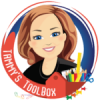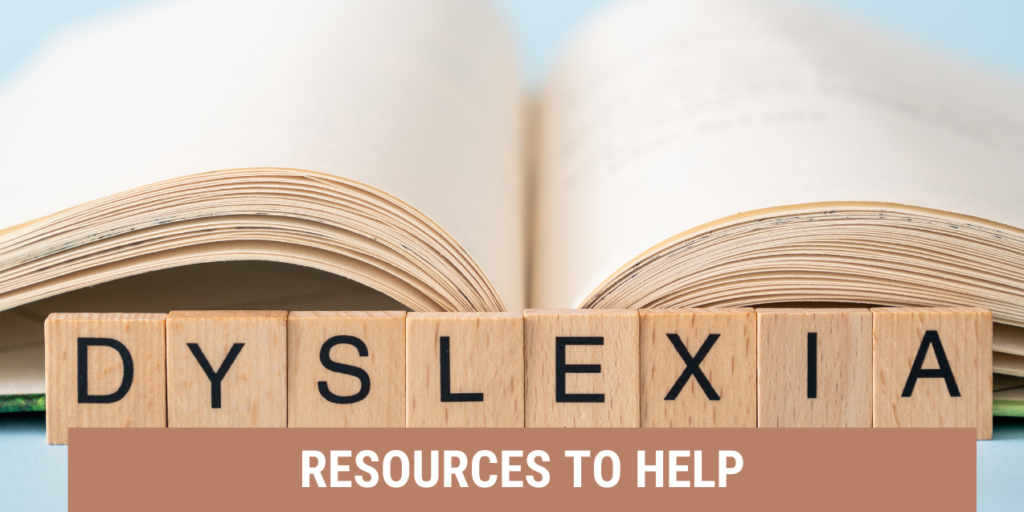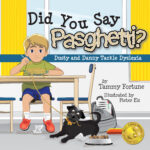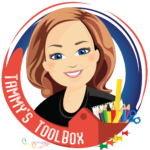Dyslexia Awareness: 10 Helpful Resources Every Teacher Needs
October is dyslexia awareness month. As a tutor who has spent countless hours working with dyslexic students, I’ve witnessed firsthand their unique challenges. Dyslexia, a learning disability that affects reading and writing, can significantly impact a child’s self-esteem and overall academic experience. It’s a condition that often goes misunderstood, leading to frustration, anxiety, and even feelings of inadequacy.
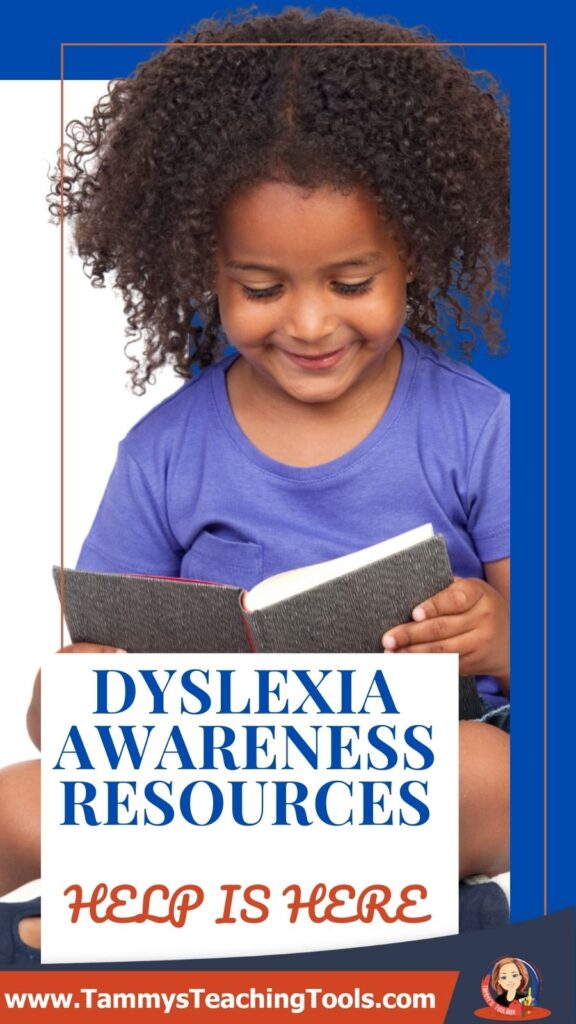
That’s why Dyslexia Awareness Month is so important. It’s a time to shed light on this often overlooked condition, dispel myths, and promote understanding and support for dyslexic individuals. By raising awareness, we can help create a more inclusive and supportive learning environment where dyslexic students feel valued and empowered. I’ve witnessed firsthand what giving students the support they need can do to help them thrive. As elementary teachers and tutors, your role in promoting dyslexia awareness and understanding is crucial.
Understanding Dyslexia
Dyslexia is not a lack of intelligence. It’s a neurological difference that can make it difficult to process written language. Students with dyslexia may struggle with tasks like:
- Decoding: Sounding out words
- Fluency: Reading smoothly and quickly
- Comprehension: Understanding what they read
Creating an Inclusive Classroom
By promoting dyslexia awareness and providing appropriate support, you can create a classroom where all students feel valued and empowered. Here are some tips to consider:
- Use multi-sensory approaches: Combine sight, sound, and touch to help students learn.
- Incorporate the Science of Reading Research into your lessons.
- Provide accommodations: Offer assistive technology, extended time, or preferential seating arrangements.
- Foster a positive learning environment: Encourage a growth mindset and celebrate students’ successes.
- Support social-emotional learning and needs.
By understanding dyslexia and taking steps to support students with this learning disability, you can make a significant difference in their educational journey.
Books to Explain Dyslexia to Young Children
Dyslexia Is My Superpower (Most of the Time)” by Margaret Rooke
This uplifting collection features interviews with children who have dyslexia, sharing their personal experiences and how they’ve found strength through their challenges. It’s perfect for helping kids feel less alone and more empowered by their dyslexia
A Walk in the Words” by Hudson Talbott
This beautifully illustrated picture book is a personal story from the author, who struggled with reading slowly as a child. The book encourages children to embrace their own pace of learning without comparing themselves to others. It’s perfect for ages 4-8 and emphasizes perseverance and self-acceptance despite reading challenges.
The Don’t-Give-Up Kid: And Learning Differences by Jeanne Gehret
Encourages children with learning differences to persevere and find ways to succeed in school.
Amazon link
Did You Say Spaghetti? by Tammy Fortune is a heartwarming and informative children’s book that illuminates the challenges and triumphs of dyslexia. Told from the perspective of a loyal dog named Dusty, the story follows his best friend, Danny, who struggles with reading and writing.
The book helps to dispel misconceptions about dyslexia and reduce the stigma associated with the condition. By portraying dyslexia as a normal variation in learning, it promotes a more inclusive and accepting environment. Includes a free teacher’s guide and activities. Find out more at www.DustytheDog.com
Make sure to check out these lists of other great resources:
♥ 15 Dyslexia Books for Kids Everyone Should Read.
♥ 25 Dyslexia Resources for Parents and Teachers
Essential Dyslexia Advocacy Books
Overcoming Dyslexia: The New Science of Reading and the Promise of Hope by Sally Shaywitz
This work offers a comprehensive overview of dyslexia, exploring its neurological basis, the challenges it poses, and effective strategies for overcoming it. Shaywitz provides hope and guidance for parents, educators, and individuals with dyslexia.
Davis presents a positive perspective on dyslexia, highlighting the unique strengths and creative potential often associated with this learning difference. The book empowers individuals to embrace their dyslexia as a gift and leverage it for success.
Dyslexia Advocate! by Kelli Sandman-Hurley
Dyslexia Advocate! by Kelli Sandman-Hurley is a practical guide for parents and educators of children with dyslexia. It provides information on understanding dyslexia, advocating for appropriate accommodations and supports, and fostering a positive learning environment. The book offers strategies for helping dyslexic individuals overcome challenges and reach their full potential.
Organizations for Additional Information
For more information and resources on dyslexia, consider connecting with these organizations:
- The International Dyslexia Association (IDA)
- Understood.org
- The Yale Center for Dyslexia and Creativity
Empowering Dyslexic Students: A Call to Action
This Dyslexia Awareness Month, let’s bridge the gap between understanding and action. Equip yourselves with the resources provided, and transform your classrooms into inclusive havens. By embracing multi-sensory learning, fostering a positive environment, and celebrating individual strengths, you can unlock the potential within every dyslexic student. Remember, these “challenges” can become superpowers with the proper support, propelling them toward a successful and fulfilling learning journey. Let’s work together to empower dyslexic students and create a brighter future for all.
Visit my store for resources and activities based on the science of reading that will make a difference in reaching your students.
Happy Teaching,

P.S. Don’t forget to stop by the free resource library to grab some engaging resources you can use today!
